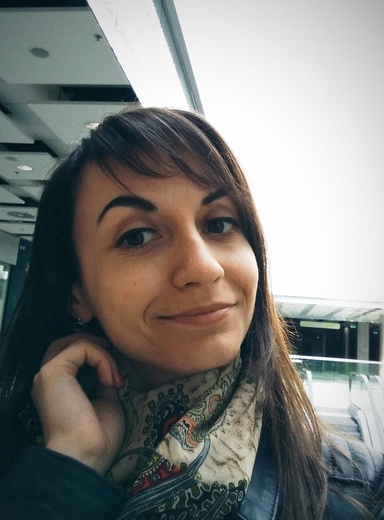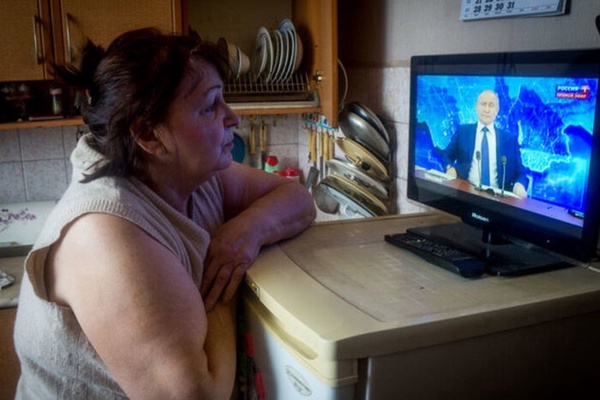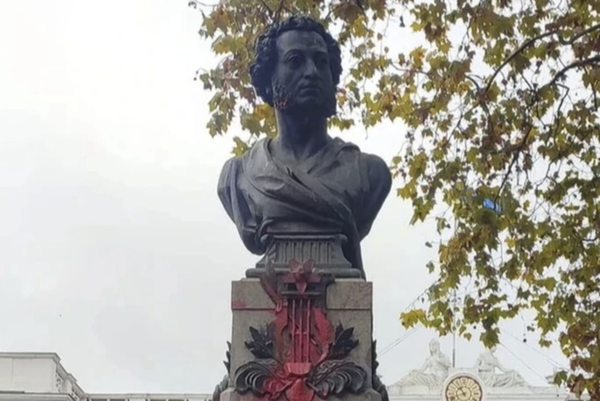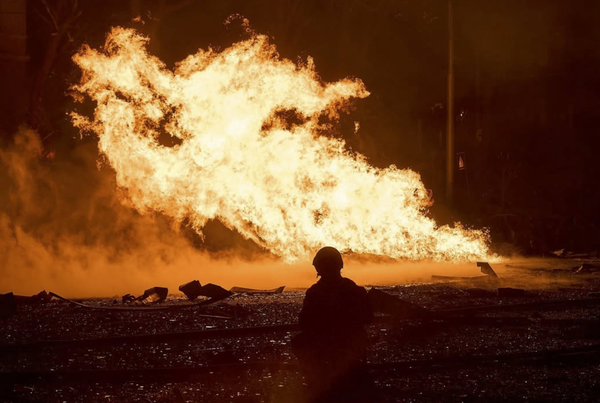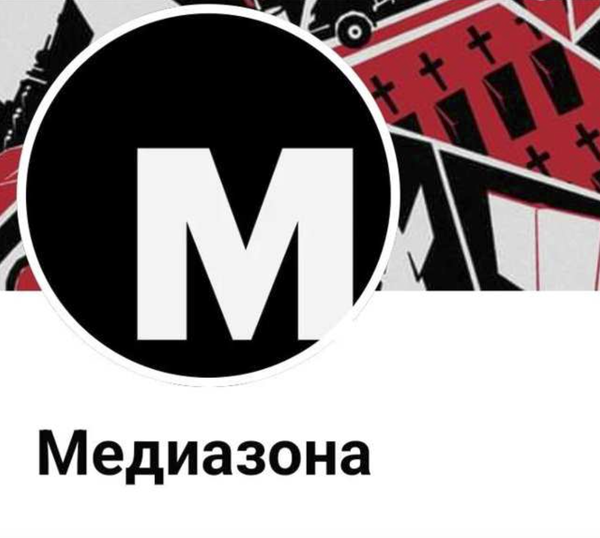Is Narbut a ‘great Russian artist’? How Russians are appropriating our culture again
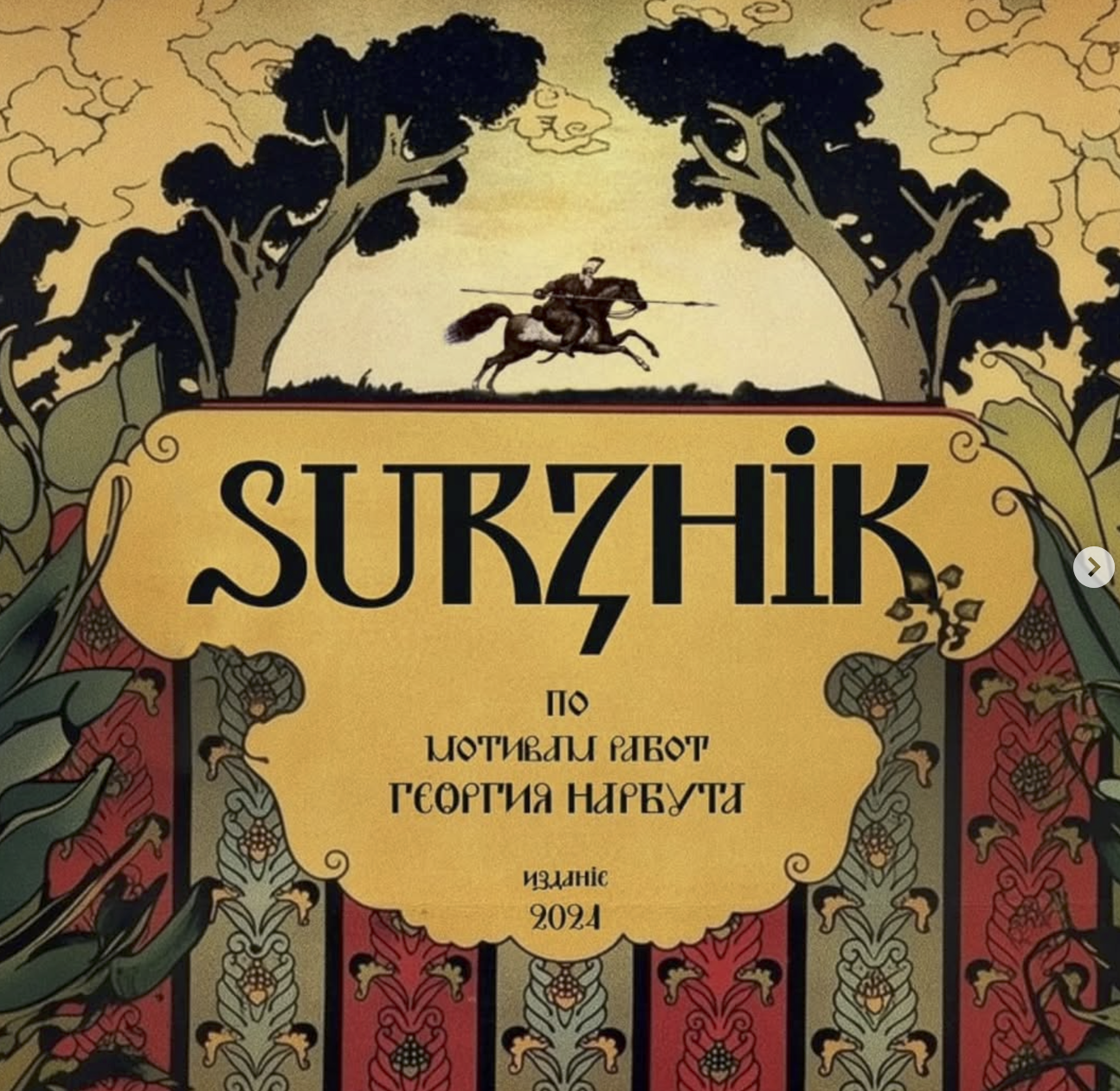
It has been zero days since Russia was accused of stealing something — again, — 2. Just a few days ago, we discussed how Russia appropriates the cultural property of others, with the focus on the so-called “Russian ethnic dessert” Medovyk, which actually has ancient Ukrainian roots.
Now, there’s a new day and a new case of appropriation. This time, the subject is the legacy of Heorhiy Narbut, a prominent Ukrainian graphic artist, illustrator, and the father of Ukrainian typography.
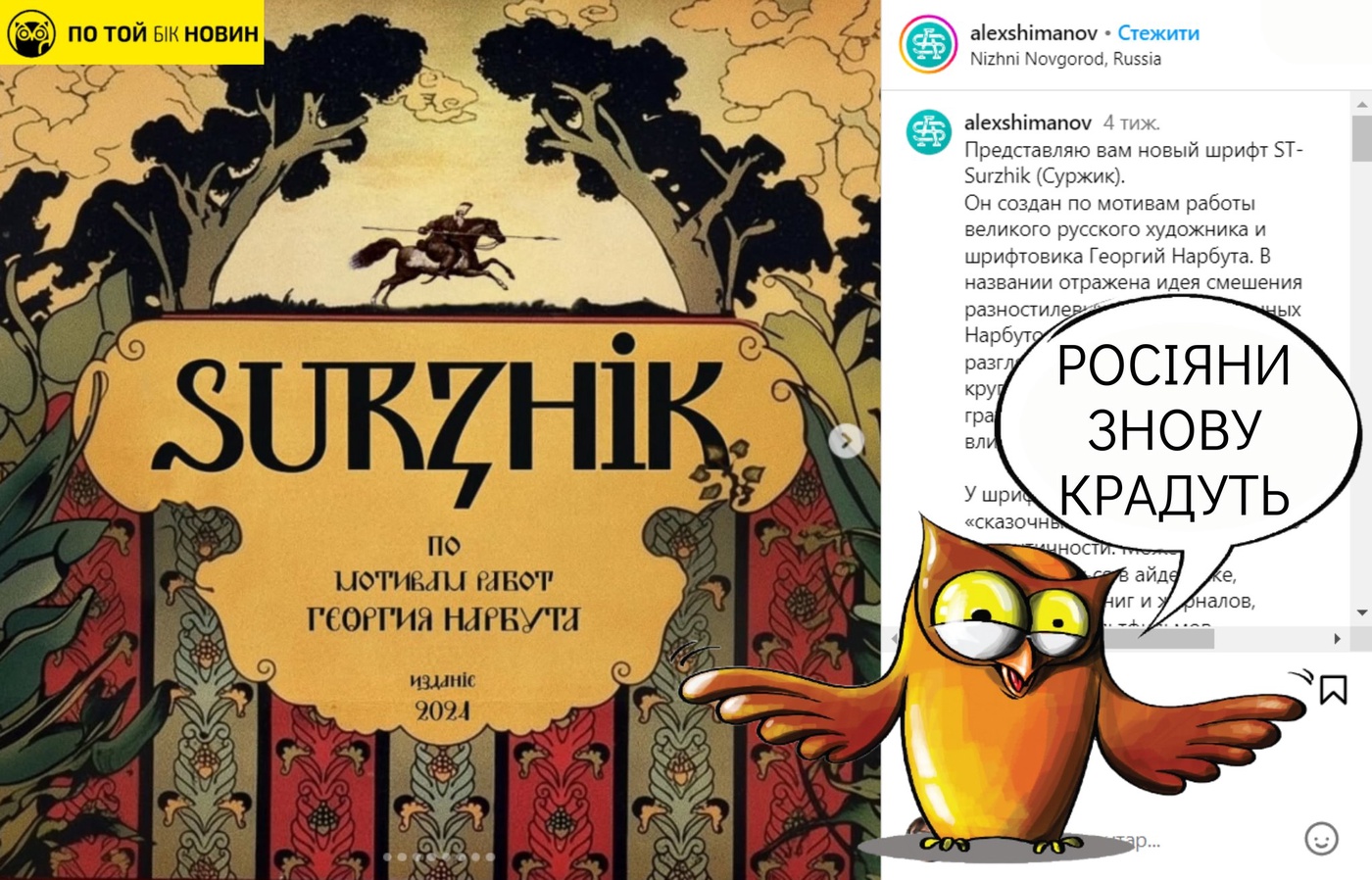
What’s it all about?
Readers brought attention to a post by Russian designer Alexander Shimanov, who created a font called “Surzhyk.” Shimanov claimed the font was inspired by Narbut’s work, even listing him among the “great Russian artists and font designers.” This claim has caused outrage in the Ukrainian community.
Shimanov, a graphic and type designer from Nizhny Novgorod, is known for his fascination with Soviet-era aesthetics. His portfolio includes fonts based on propaganda posters from that period and a dedicated section on his website titled “Soviet lettering”.
What does the Russian designer say?
On his Instagram page, Shimanov described his ST-Surzhik font as a “fictional Old Rus font” combining various stylistic forms. He referred to Heorhiy Narbut as an artist who “grew up with the Russian cultural code, absorbed Russian classics, and became a Ukrainian nationalist at the end of his life.” He acknowledged Narbut as the “father of Ukrainian graphics” but argued that the lettering in his designs is of “Russian origin.”
Shimanov further stated that Narbut’s legacy should not be “handed over” to “Ukrainian nationalists for exclusive use.” In his view, the artist’s “Kyiv heritage” is far less significant than his “Russian and Soviet works.”
The ST-Surzhik font supports Russian, Belarusian, Bulgarian, Serbian, and several other languages — but not Ukrainian.
Who was Heorhiy Narbut?
Heorhiy Narbut was a Ukrainian graphic artist, illustrator, and designer whose work laid the foundation for Ukraine’s modern visual identity. He created the country’s first state symbols, including the coat of arms, banknotes, and postage stamps. According to art historians who describe his legacy, “Narbut graphically ‘Ukrainized’ us”.
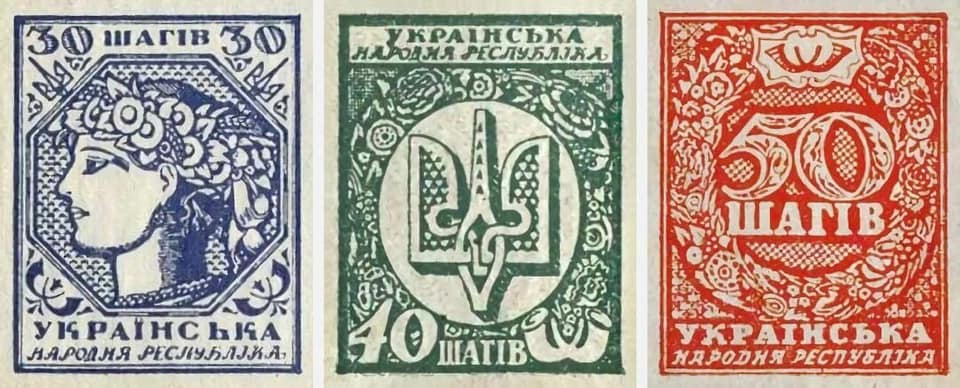
Born in 1886 in the Chernihiv Region, Narbut had a deep interest in heraldry and Ukrainian motifs from a young age. His artistic style was shaped by his fascination with antiquities and Cossack culture, leading to works that became synonymous with the “Ukrainian graphic style.”
Narbut’s artistic journey took him from Hlukhiv to St. Petersburg, where he studied art and collaborated with Russian artists. Although he gained recognition as an illustrator during this period, Narbut developed a distinctive style that merged European artistic trends with Ukrainian themes.
In 1917, Narbut returned to Kyiv, where he took on prominent roles in the Ukrainian art scene. He became a professor of graphics and later served as the rector of the Ukrainian Academy of Arts. Despite the political and social upheaval of the revolutionary era, Narbut transformed his Kyiv apartment into a centre for artists and continued creating his works.
One of Narbut’s most celebrated pieces is the Ukrainian alphabet, published in 1917. In this work, he intricately combined baroque ornaments, mythological imagery, and elements of Ukrainian folk culture with the alphabet’s letters.
Narbut’s life was tragically short — he died at just 34 years old — but his influence on Ukrainian culture and national identity remains profound.
How do Russian fonts undermine Ukrainian culture?
Why are fonts important? Because they can also be a powerful tool of cultural influence. Once again, Russia appears to be downplaying the significance of Ukrainian achievements. The claim that Heorhiy Narbut’s “Kyiv period” is less important than his time in St. Petersburg exemplifies this trend. It is part of a broader effort to deny Ukrainians their distinct identity by appropriating cultural elements on the basis that an artist once studied in a Russian city.
This phenomenon is not new. Russian fonts have already played a role in influencing Ukrainian culture. One notable example is the Izhitsa font, created in 1988 by Russian designer Svetlana Yermolayeva, which was based on the Church Slavonic tradition. Izhitsa soon gained official status in independent Ukraine. Following its approval by the Verkhovna Rada, it became the sole font used for printing official certificates, awards, and documents. Over time, the font’s use spread widely across Ukraine. It appeared in the names of bus stops, product labeling in supermarkets, and even on signs for administrative buildings, including the Office of the President of Ukraine.
More recently, Ukrainian type designer and soldier Bohdan Hdal highlighted another troubling example of Russian Izhitsa’s influence. The font was used to inscribe the phrase “Glory to the Heroes” on monuments honouring fallen soldiers at the Berkovets cemetery in Kyiv. According to Hdal, the style and format of these crosses were approved at the municipal level by the Kyiv City Council.
“I thought the publicity about the ideologically unacceptable Russian font ‘Izhitsa’ was enough for everyone to know that it cannot be used on ideologically sensitive locations. But they keep pushing it, trying to create the effect of times gone by,” wrote Bohdan Hdal on X.
Bohdan Hdal has been at the forefront of the movement to replace the Russian-origin font Izhytsia in Ukraine’s public spaces. According to Hdal, the font gained prominence in the 1990s due to a lack of awareness and limited alternatives [7]. Since then, he has worked to introduce new, distinctly Ukrainian typefaces for Kyiv’s metro stations, including Zvirynetska and Ploshcha Ukrainskykh Heroyiv (Ukrainian Heroes Square), replacing outdated Soviet styles. His typefaces draw inspiration from the work of iconic Ukrainian artists like Heorhiy Narbut and Vasyl Krychevskyi. Hdal incorporated historical elements into his designs, including the Cossack cross — a symbol of the struggle for independence — and modern military motifs. He describes the modern Cyrillic alphabet as a “pokruch” (distorted creation) derived from the Latin alphabet under Russian influence. Hdal views his work as a step toward rejecting imperial legacies and reviving the authentic development of Ukrainian Cyrillic typography.
Hdal’s advocacy has also sparked action at the legislative level. Last year, Ukrainian lawmakers registered a draft bill titled “On the termination of the use of fonts of Russian origin in the work of the Verkhovna Rada of Ukraine,” which specifically targets Izhytsia. However, the draft law remains under consideration. Hdal believes that opposition has slowed progress, stating, “It seems that someone really did not want this — that is, someone put a spoke in the wheel.”
Why does this matter?
The continued use of Russian fonts, such as Izhytsia, and the appropriation of Ukrainian cultural heritage, as seen in the case of Heorhiy Narbut, represent what Hdal calls tools of “visual occupation,”which undermine Ukrainian identity. Izhytsia’s widespread use gave it the false appearance of being a “native” font in Ukraine. In reality, it is a product of Russian graphic culture, tied to the concept of the “Russian world.” Its presence in public spaces serves as a subtle form of cultural expansion, displacing authentic Ukrainian font traditions ![]()
Prepared by Aliona Malichenko.

